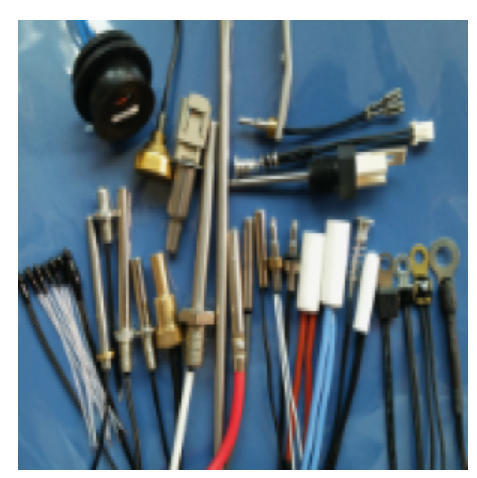Date:2025-07-02 Categories:Product knowledge Hits:277 From:Guangdong Youfeng Microelectronics Co., Ltd
A transistor is a semiconductor device that has three alternating layers of p-type and n-type semiconductor materials, hence the name "transistor". These three layers are the emitter, base, and collector. In a transistor, the emitter and collector are the main current carrying regions, while the base is a very thin intermediate layer that mainly controls the current between the emitter and collector.
There are two main types of transistor : NPN and PNP, which differ in the arrangement and doping type of semiconductor materials. Regardless of the type, a transistor has three parts: emitter, base, and collector. Under normal operating conditions, the voltage from the base to the emitter causes the AD9979BCPZ transistor to conduct, allowing current to flow from the emitter to the collector.
Before understanding why transistor can be used as temperature sensors, we need to first understand the working principle of transistors. In a transistor, when there is a forward voltage between the emitter and the base, the carriers in the emitter (electrons in n-type semiconductors and holes in p-type semiconductors) are injected into the base and then flow out through the collector. The characteristic of the base controlling the emitter and collector currents allows the transistor to be used as an amplifier and switch.
In the application of transistors as temperature sensors, a fundamental characteristic of semiconductor materials, namely their conductivity (or resistance), is mainly utilized, which is temperature dependent. As the temperature increases, the number of thermally activated charge carriers in the semiconductor increases, resulting in an increase in its conductivity. In a transistor, the ratio of base current to emitter current (β value or amplification factor) also increases with increasing temperature. Therefore, by measuring the change in this ratio, we can obtain a measurement of temperature.
Specifically, the working process of a transistor temperature sensor is as follows: first, connect the transistor to a constant current source so that the current passing through the transistor remains constant. Then, measure the variation of the base emitter voltage (VBE) of the transistor. Due to the correlation between VBE and β value, which in turn is related to temperature, changes in VBE can reflect changes in temperature.

Previous: Classification, Structure, and Principle of MOSFET
Next: Why can a transistor be used as a temperature sensor? 2